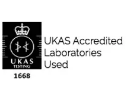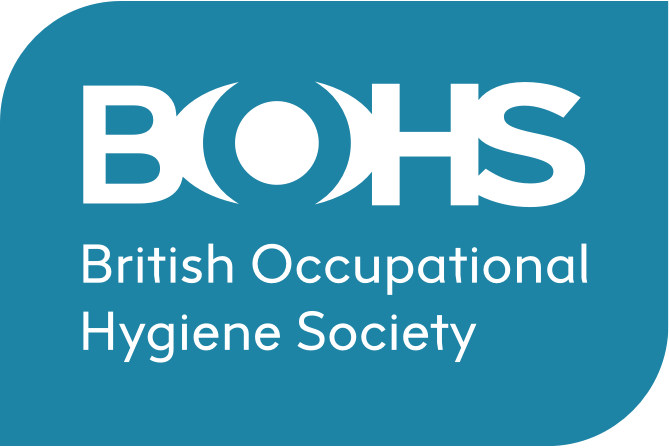






Having your workforce suitably trained and competent to do their job is a key duty for any employer. It is important that employees know what they are doing so they are able to work as safely as possible. This duty is set out in law, in Section 2 (2) of the Health and Safety at Work Act. This requirement states that one of the duties of an employer is to provide ‘any required information, instruction, training and supervision’ for their workforce.
There are a range of people who will need Health and Safety training within an organisation as follows:
Induction Training – All staff should receive Health and Safety Induction Training when they start working for you. This should be specific to where they work and should give them information about where to go to if they need further information and what to do in the event of an accident or emergency situation.
Specific Health and Safety Training – Some employees will need specific safety training, such the Fire Wardens and First Aid staff. This will need to be refreshed to keep them up to date.
Job-Specific Training – Some employees will need ongoing training to support them in being able to do their jobs, such as Manual Handling Training, Asbestos Awareness or training in using specialist equipment, for example, access equipment such as Mobile Elevating Work Platforms (MEWPs). You may also have employees who are exposed to additional risks such as working alone where they may be exposed to potentially violent clients. If so, it is important that these employees are given the tools to be able to deal with these situations.
Records – When you deliver training it is important to keep accurate records as this allows you to monitor if someone needs any refresher training. Also, this is valuable evidence in the event of a claim or accident.
Online/Face to Face – For some training delivery can be via Zoom, Teams or Skype can be effective. However, for practical elements or to aid with discussion or interaction, you may consider Face to Face training.
Training Matrix – It is a good idea to set up a training matrix which lists all of the training required. Employees should be involved in the process for creating this Matrix, so that it fully reflects their needs.
If you would like to find out more about our training services, click here or contact David Paveley.